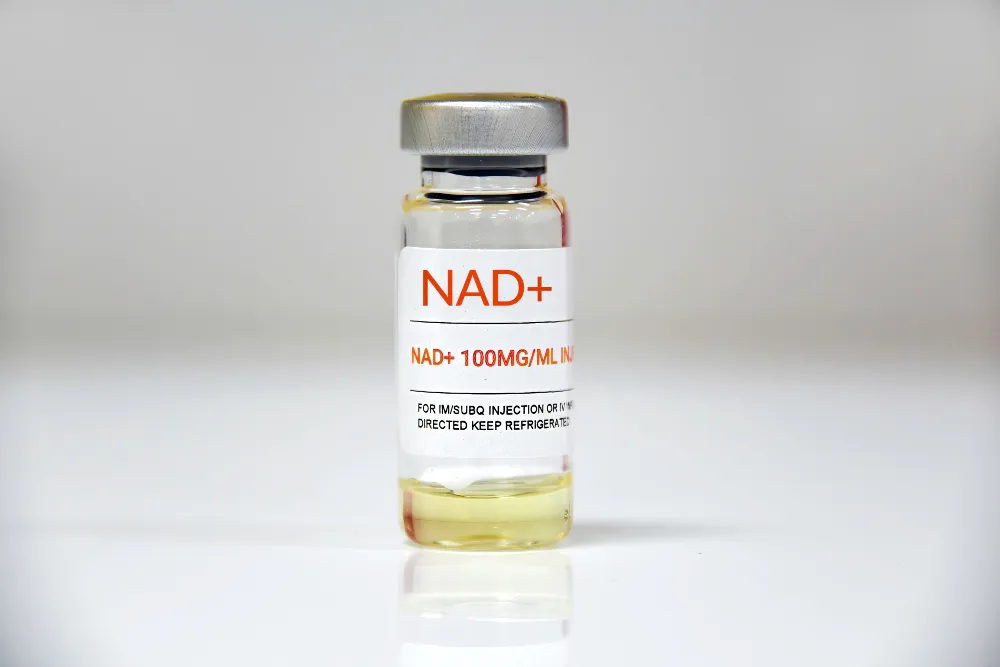Hearing deficits are a frequent consequence of both developmental and adult methyl mercury exposure in humans. However, a detailed characterization of these deficits has not been performed in either humans or animals. Cynomolgus monkeys (Macaca fascicularis) were dosed from birth to 7 years of age with 50 μg/kg/day of mercury as methyl mercuric chloride. Steady-state blood mercury levels during dosing were 0.6-0.9 ppm. When monkeys were 14 years old, pure tone detection thresholds were determined by a psychophysical procedure. Control monkeys exhibited thresholds at frequencies between 125 and 31,500 Hz comparable to previously published values for macaques

What Is NAD+? Understanding the Power of Nicotinamide Adenine Dinucleotide
Have you ever wondered why you don’t bounce back from a late night like you used to? Or why post-exercise

